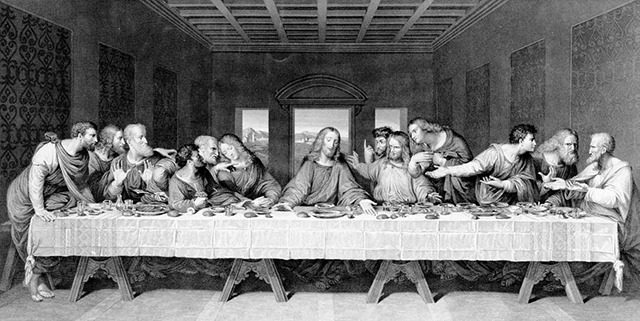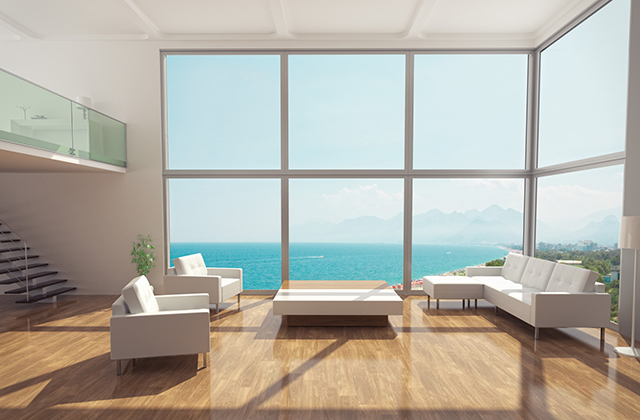The fact that the term logo is used should be an immediate clue of what is on offer. Remember “logo” is the traditional term to describe a symbol, such as a pictograph, which forms the centrepiece of a corporation or organisation’s corporate brandmark identity. These online sites take a stab at designing the logo which is only the symbol part of a brandmark, ignoring all the other elements such as the descriptor and slogan, the correct name and colour that result in the creation of a successful brandmark. In addition, the lack of a clear brand and design strategy and a proper brief will most certainly assure a disastrous result. Critical issues such as the rollout and the implementation of the brandmark across all media are ignored. Be warned, most of the time it ends up as a very poor effort altogether with a possible lawsuit of copyright infringement attached. The onlinelogomaker makes your life more easier using their existing logo from their archives which you can incorporate on your own logo.
I must warn you that the advertising and design industry is very promiscuous. I don’t mean this in the context of prostitutes, at least they charge for their services. I am talking about repeatedly doing it for free with any John, Dick or Jane and in the company of many. It is called pitching and online, disguised in many forms.
So, it does not come as a surprise to see the following lewd proposals on the Web. Offer a prize (as little as US$50 sometimes) and run an online logo competition on one of the logo competition websites and get hundreds of logos to choose from.
The online logo competitions usually go something like this: the competition holder (client) registers with the website, completes a very short standard brief with Yes/No tick boxes. The client adds a few comments of his/her own, sets a deadline and then pays the prize money, which could be anything from as little as US$50.
Then the amateur and wannabe designers who have also registered on the website, submit their designs or shall we say ideas. The competition holder ranks the ideas in order of preference with reasonable comments and sometimes not so reasonable demands, which could continue until judgement day. A winner is declared after some judging takes place, he or she gets paid, leaving a multitude of unhappy masochist amateur or wannabe designers and Mr/s Miser, the client, presumably satisfied.
This whole process is seriously flawed from both the so-called designer’s and client’s perspective. The design process is completely guided by the client who knows less than the so-called designer about brandmark design. The brief, already inadequate at the start, can and frequently does change during the competition. As there is no design strategy, this leads to several walks up and down the garden path full of the poor wannabe’s emotions caused by the whims of the client. Colour, typographical and other design changes are demanded and made without thought or question, and the client’s winning selection is not necessarily the best design.
This stab in the dark and shotgun approach continues on both the so-called designers’ and wannabes’ side. Why are these so-called designers willing to do a job they might not get paid for? You guessed right; they are out of a job and/or unemployable, and definitely extremely desperate. Why? Because they are generally useless at design, are truly at the bottom of the barrel or otherwise so inexperienced that nobody wants to hire them. They do not use their real names and frequently hail from places like Kascopystan, a host of Third-World countries and the like.
So would you like an out-of-work useless designer or an amateur wannabe to design your brandmark; something that could make or break the existing or future enterprise you have or are still planning to invest some serious money in? If so, then you are not serious about your business or money and deserve what could come your way in the form of brand failure or at worst, a lawsuit. That’s right, we are talking about copyright infringement.
These out-of-a-job and/or unemployable and definitely desperate wannabe blokes are known – after searching the Web with the help of some keywords on a search engine – to copy an existing brandmark, often from an unsuspecting third party in another country and different continent to try to avoid legal issues, alter or adapt it to suit your brand and present it as their own masterpiece specially created for you.
They are sometimes so unscrupulous that they go as far as copying their fellow wannabes’ work in the same competition. Now if you really want to save the miserable US$50 or so, and want to be so cheap, you could do this cribbing job yourself. If the wannabes are genuinely honest, most of the work they submit is bad design, which is, at best, incomplete and exists only as a half-baked idea.
They lack the training, experience, talent or time to refine, progress and fully develop these ideas. This is also the reason why they are not able to offer the client backup and guidance. Some clients recognise this and, as a result of their frustration, try to rectify the flaws with suggestions, which reflect their own inexperience, sending the eager-to-please wannabes on countless wild-goose chases for almost the entire duration of the competition and with no real design solutions forthcoming.
At the end of the competition, as a result of this shotgun approach, all the client gains is, at best, a collection of ideas, which need to be refined or, at worst, an assembly of useless premature design abortions with their money down the drain, time wasted and still no brandmark.
Before you get your enterprises’ brandmark (logo) designed or redesigned, first read Face your brand! The visual language of branding explained available at http://faceyourbrand.co.za/. It will help you to create the right brandmark, save money and time and, in turn, it could make you thousands of dollars.
Alexander Greyling is the Author of Face your brand! and a top international branding expert. In his eBook he provides indispensable facts and logic for creating a successful visual brandmark through his seven essential elements. This eBook offers amazing value for money and the price is less than half-an-hour of a professional designer’s time and takes only a few minutes to download. For a free sample eBook, more information or to order a copy of Face your brand! visit http://faceyourbrand.co.za/.
Article Source: http://EzineArticles.com/expert/Alexander_Greyling/433342
Article Source: http://EzineArticles.com/3225397


